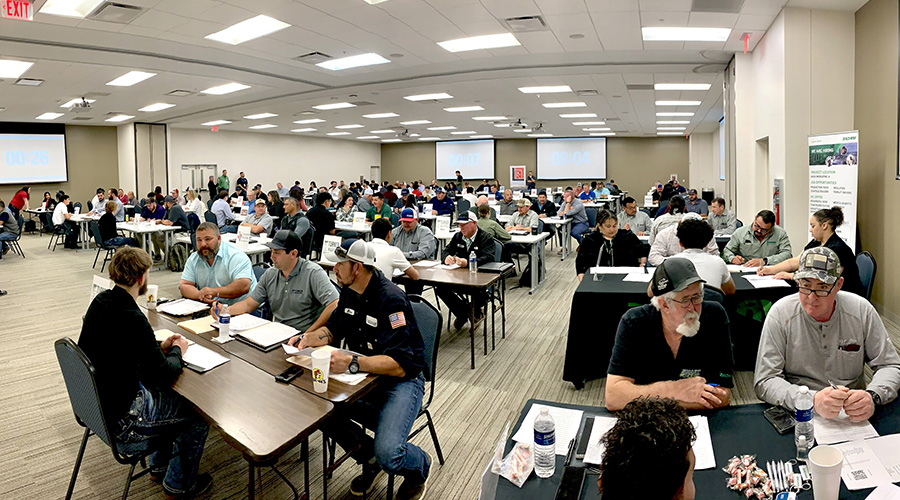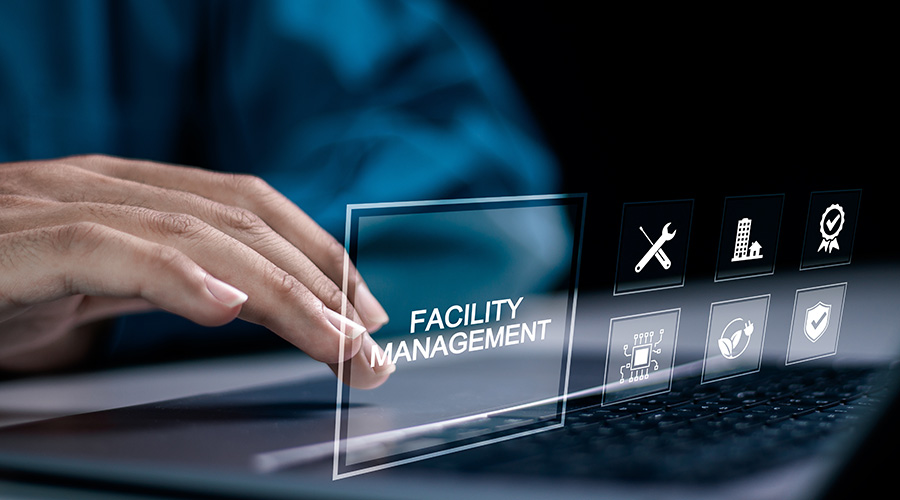How to Create a Resilient Facility Management Workforce
Digital tools put the source of knowledge in employees’ hands and empower employees to make more informed decisions when faced with challenges in the field.
By Jon Hart, contributing writer
Resiliency is a principal tenet of the building fire and life safety world. Go to any conference and you’ll hear the word echoing all day — and for good reason. In the facility management world, resiliency is twofold.
First and foremost, it refers to the lasting power of the buildings we construct and maintain. Recent natural disasters remind us of the power of prioritizing resilient structures: building codes and standards were credited with saving the town of Punta Gorda, Florida from Hurricane Ian’s destruction in late September, for example.
A second way resiliency is paramount in the facility management world is in fortifying facility management organizations and their workforces. Three notable trends are concurrently taking place in the U.S. facility management workforce: 1) the mass retirement of Baby Boomers, 2) widespread labor shortages, and 3) an incoming wave of digital-first Millennial and Gen Z facility managers. Establishing workforce resiliency amid these challenges will mean organizations need to leverage digital transformation to retain generational knowledge and attract and retain employees for the long run.
The digitization of codes and standards can help bolster resiliency in each of these categories. By moving away from a reliance on physical code books and old-fashion collaboration, and towards digital codes with enhanced interactivity, access, and collaboration, facility managers can reap great value and drive long-term resiliency in both their structures and workforces.
Resilient Structures with Digital Tools
You only build a facility once, but you maintain that existing facility for decades. This is a foundational truth of facility management, but in the design and construction of a facility, facility managers are too often brought into a project too late to capitalize on their value. This can harm the long-term resiliency of a building.
When brought into the fold from the outset, facility managers add significant value to their organizations and stakeholders by providing a keen perspective on long-term maintainability, durability, safety, and cost of operations. Whereas other players in the design and construction process are primarily focused on immediate cost-effectiveness, compliance, and timeline, facility managers seek to identify and better control underlying drivers that impact the building’s operations and quality of service delivery in the long run.
The goal of the facility management is to ensure a building can stand the test of time. For example, it might be quicker and more cost effective to install a certain fire detector or sprinkler system within a building — but a facility manager might determine that making a larger investment in a more advanced system will actually deliver enhanced safety and cost savings in inspection, testing, and maintenance after five years.
Digital tools can lend a hand here. Digital collaboration on codes and standards makes it easier to involve facility managers and prioritize resiliency early on. New technology can enable teams to collaborate on building plans and progress in one up-to-date, centralized location — whether they’re on-site or not. With increased visibility into the activities of designers, architects, and engineers, facility managers can provide strategic input on things like equipment selection and mechanical systems before it’s too late, thus leading to a more resilient facility.
Leveraging Digital Tools for a Resilient Workforce
It’s no secret that the skilled trades are facing an aging workforce. In order to stand the test of time, organizations will need to find young, fresh talent and arm them with the skills they need to succeed. Self-reliance is a key facet of resiliency. Luckily, digital tools can be extremely valuable in cultivating a self-reliant and resilient workforce.
It’s difficult to cultivate a do-it-yourself culture when knowledge is not easily accessible to all employees. Digital tools put the source of knowledge in employees’ hands, make that knowledge interactive and collaborative, and empower employees to make more informed decisions when faced with challenges in the field.
Take the retention of generational knowledge as a use case. As seasoned Baby Boomers retire in the coming years, organizations need to find ways to capture and democratize their wisdom in centralized digital hubs so that future generations can benefit. With digital tools, industry veterans can document invaluable insight directly within the code, make future-proofed collections of their notes, and share across the organization. In this way, succession planning with digital tools can help combat the Great Retirement by putting the source of knowledge in employees’ hands.
Even without the guidance of experienced facility managers, digital tools provide employees new and old with portable, easily accessible resources right in their pockets. This is especially helpful for the facility manager, who is expected to be the master of all trades within a facility.
While the facility manager may not be the resident expert on fire protection or other safety systems, they’re expected to have knowledge on hand when needed. With digital tools, facility managers can access code information, notes from contractors, supplemental resources, and more without having to consult the resident expert on the topic at hand. This allows for greater learning and more informed decision-making.
Additionally, digital transformation is a competitive edge that can be used to attract, train, and retain younger generations. Stanley Black & Decker’s 2022 Makers Index found that 23 percent of young people don’t believe that skilled tradespeople work with cutting edge technology. Those beliefs are in contrast with reality, however: that same survey found that 89 percent of skilled workers report they do indeed work with cutting edge technology. To combat this clear misconception, facility management organizations can use and advertise digital transformation to recruit and retain younger talent, highlighting improved efficiency, streamlined collaboration, and workforce development opportunities.
Building a Resilient Future
Resilience is defined as the capacity to recover and hold strong amid difficulties. It’s a value at the center of the construction and maintenance of every facility. And with widespread labor shortages, spiking inflation, and a potential impending recession, facility managers need organizational and employee resiliency in order to not just survive the highs and lows of the industry, but thrive despite them. Digital tools are paramount in supporting the durability of buildings and organizations, and facility managers should be actively seeking digital solutions if they wish to stand the test of time.
Jon Hart is Technical Lead, Fire Protection Engineering at NFPA.
Related Topics:












